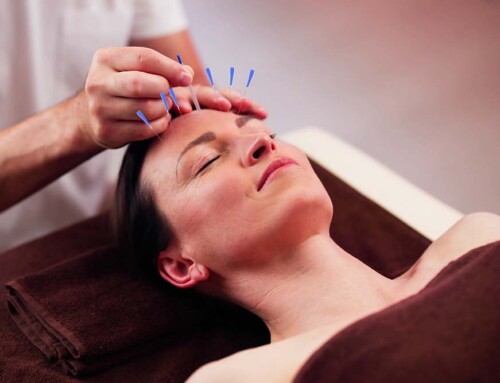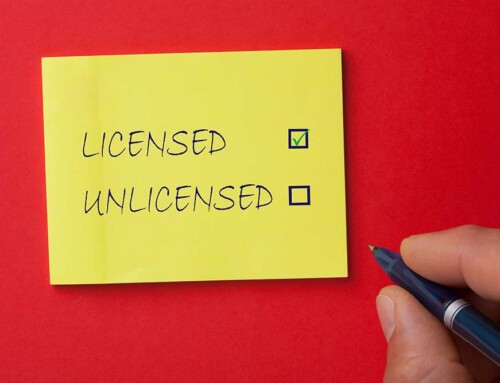Schedule a Consultation: 858.483.9200
Practical Guide for Using and Protecting Your San Diego Trademark
Trademarks and service marks are common throughout the business and commercial marketplace. A trade/service mark is any symbol or mark that identifies a product or service as having a unique commercial source. The symbol or mark can be words, letters, designs, logos, colors, and various combinations thereof. Trade and service marks are valuable intellectual property assets of any business. An effective mark builds customer loyalty, goodwill, and expands market share, all of which are essential to revenue and profits.
Like any asset, a trade or service mark must be protected. This requires proper use and also a vigilant defense against infringement by others in the marketplace. A good San Diego corporate attorney can help. Here is a quick practical guide for using and protecting your marks.
Be Consistent
The key a trade or service mark is consistency. You want to build up in the consumer’s mind an association between your symbol/mark and the product. If your mark is constantly changing or varying, then your customers will not make the connection. Similarly, do not deviate from the standard colors, shapes or in the singular or plural usage.
Scalability
Scalability is also important and also part of consistency. In an online world, you want your mark to be the same and recognizable even as a thumbnail or regular sized or expanded image.
Use the Trademark Identifiers
It is not essential to legal protection, but using the trademark symbols such as the “R” within a circle — ® — is a useful warning to others not to infringe.
As You Would Use Adjectives, Not Nouns or Verbs, When Used in Writing
When using your trademark online or in articles, use the words as you would use adjectives and never as nouns or verbs. If “Stone Jalapeno” is your trademark for a nightclub, write: “See you tonight at Stone Jalapeno nightclub!” (used as you would use an adjective) and not just “See you tonight at Stone Jalapeno!” (used as you would use a noun). Likewise, avoid using your trademark as you would use a verb.
Avoid Plurals and Possessives
As part of being consistent, use your marks as they are created and registered with the US Patent and Trademark Office. If your mark is singular, do not pluralize it. Likewise, your mark is a not a person and, as such, cannot possess things. So, avoid using your mark in the possessive sense such as “Stone Jalapeno’s” outdoor dance floor.
Send Warning Letters if You Discover Infringement
It is important to monitor the marketplace for possible infringing use of your trade and service marks. If you discover such infringements, send warning letters (and be prepared to litigate if the warning letters do not cause the infringements to cease). Failure to send letters and otherwise legally protect your mark can lead to loss of the mark. Your mark can become some common in usage resulting in the mark no longer distinctively identifying your commercial product. “Zipper” is a good example where the word once served as a trademark but became the common word for a fastening device. The trademark was lost to common usage in the 1930s.
Contact San Diego Corporate Law
For more information, contact attorney Michael Leonard, Esq., of San Diego Corporate Law. Mr. Leonard provides legal services related to business intellectual property such as trademarks, copyrights, and trade secrets. Mr. Leonard also provides legal services related to private securities offerings/sales, the sale/purchase of a business, and mergers and acquisitions. Mr. Leonard can be reached at (858) 483-9200 or via email.
You Might Also Like:
New Study: Trademark Registration Helps Your Business Grow
How Trusted Legal Counsel Can Help Your Business Grow






